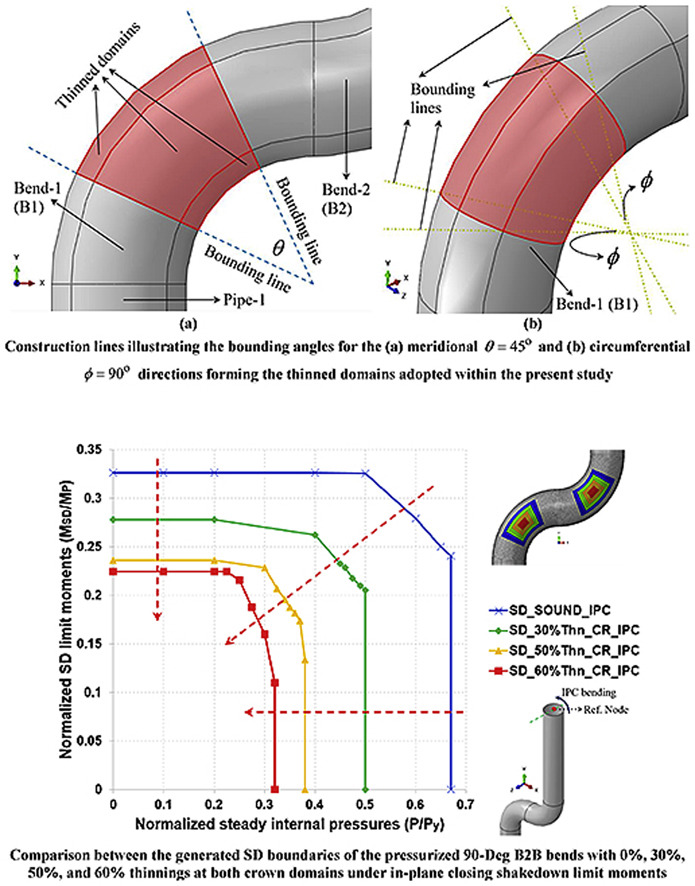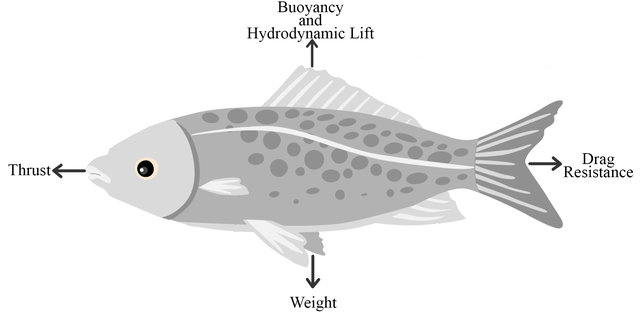
Effect of wall thinning on the Shakedown Interaction Diagrams of 90-degree back-to-Back Bends Subjected to Simultaneous Steady Internal Pressures and Cyclic In Plane Bending Moments
This research studies the effect of wall thinning on generated shakedown (SD) interaction diagrams of pressurized low-carbon steel 90-degree (90-Deg) back-to-back (B2B) bends. More precisely, the SD limit moments are determined for various steady internal pressure spectra thus generating the targeted SD boundaries. The SD limit moments are computed utilizing a direct non-cyclic technique termed: SD-DNT short for Shakedown-Direct Noncyclic Technique. The bends analyzed are subjected to simultaneous steady internal pressure spectra and cyclic in-plane closing (IPC) and in-plane opening (IPO) bending moment modes discretely. The finite element (FE) method is utilized for solution and analyses. The wall thinning accounted for is solely due to service conditions. Different thinning locations are selected and analyzed along with different selected thinning percentages. The selected thinning locations within both bends include intrados, extrados, crowns, and both intrados and extrados once at a time. Thinning locations are analyzed for maximum selected thinning percentages of 30%, 50%, and 60%. Additionally, SD interaction diagrams of sound 90-Deg B2B bends are generated for comparisons. Outcomes of the SD-DNT are successfully validated against full elastic-plastic cyclic loading FE simulations. Outcomes of conducted analyses, generally, revealed that thinnings at crowns resulted in least combined cyclic moment-steady internal pressure capacities respectively followed by intrados, intrados and extrados, and finally extrados thinnings. Post-SD responses namely, alternating plasticity and ratcheting responses are accurately determined upon crossing the generated SD boundaries. Finally, an exemplary generated SD boundary is expressed in mathematical equation for selected analyzed thinned case. © 2019 Elsevier Ltd



